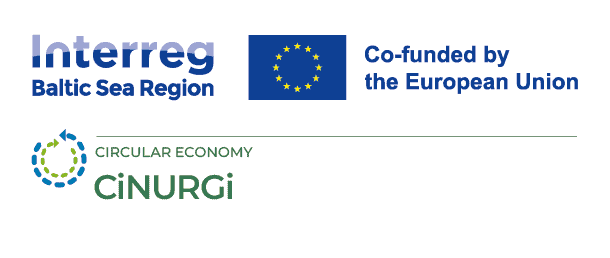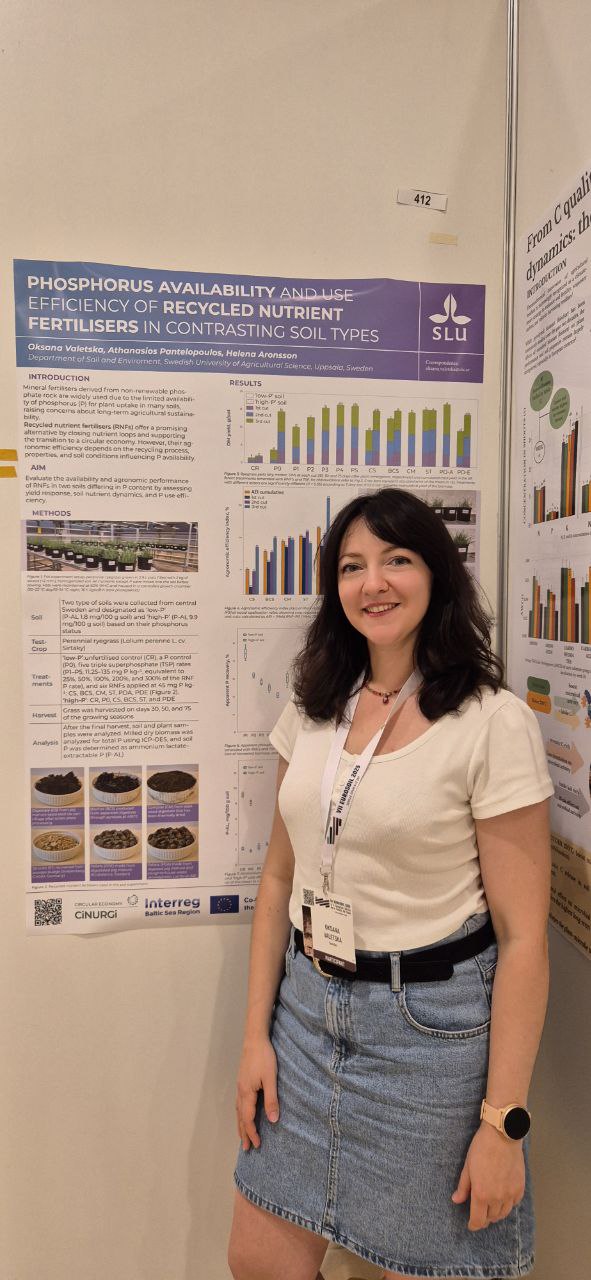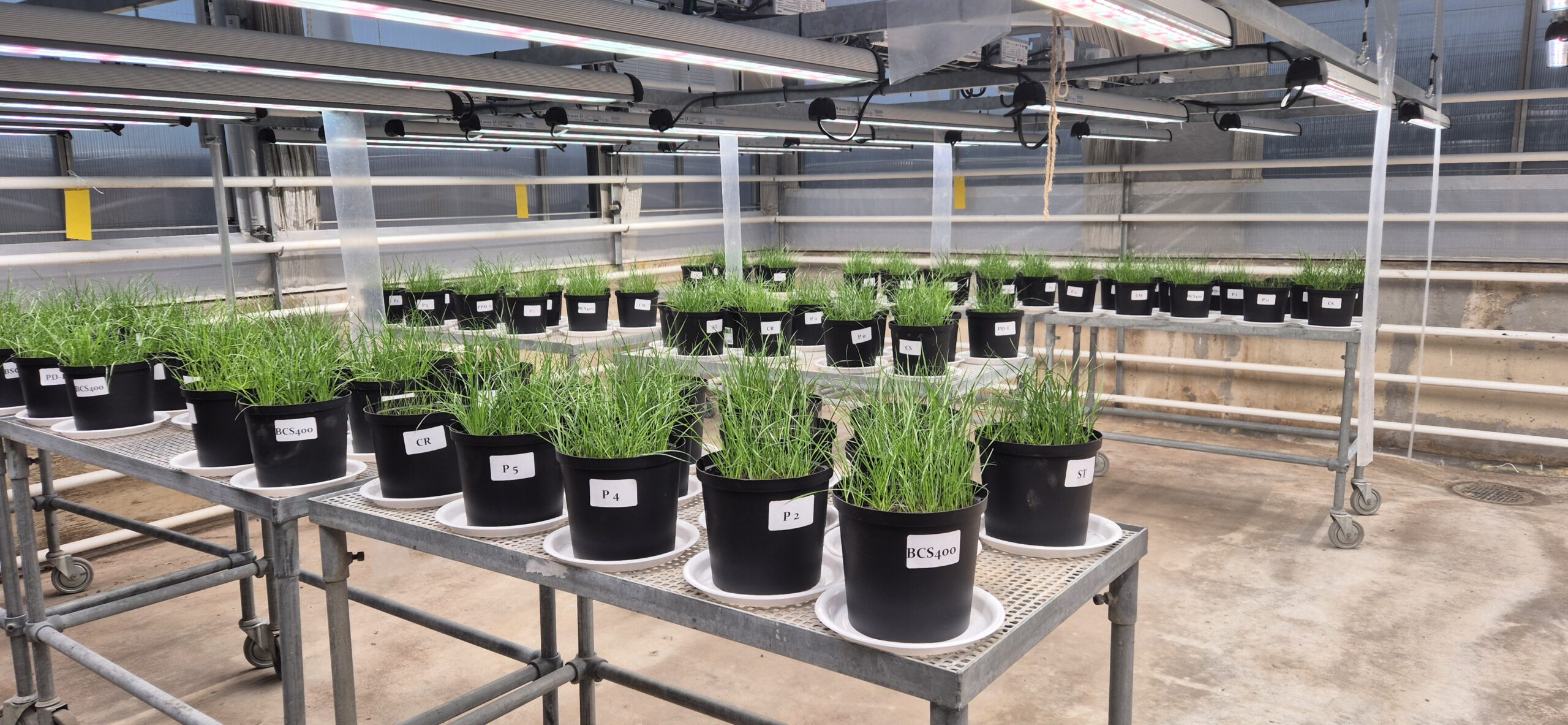
How effectively do plants use phosphorus from recycled nutrient fertilizers? New CiNURGi results available
31 October 2025
As part of CiNURGi activities to evaluate standards for quality control and agronomic value of recycled nutrient fertilizers, Dr. Valetska and her colleagues at SLU have conducted pot experiments to evaluate phosphorus (P) availability in recycled nutrient fertilizers in soils with contrasting phosphorus status. The agronomic value, or mineral efficiency index, reflects the effectiveness of a fertilizer on plants growth and yield, while phosphorus availability refers to how accessible the phosphorus in the fertilizer is for plant uptake and utilization. High agronomic value and phosphorus availability contribute directly to increased crop yields, meaning that the fertilizer is efficient and effective. Understanding these factors is essential for positioning recycled nutrient fertilizers as competitive alternatives in a market dominated by conventional mineral fertilizers.
The efficiency of recycled nutrient fertilizers is strongly influenced by the recycling process, the physicochemical properties of the final product, and soil conditions. To investigate these interactions a pot experiment was conducted using six different recycled nutrient fertilizers to grow ryegrass. The six recycled nutrient fertilizers tested were: separated digestate, biochar derived from digestate, composted digestate, struvite, pelletised digestate from manure and slaughterhouse waste, and pelletised manure. The recycled nutrient fertilizers were compared against a mineral fertilizer (triple superphosphate) and an unfertilized control sample.
The ryegrass was grown in soils with either low or high phosphorus content to assess fertilizer performance under contrasting phosphorus availability conditions. The two soil samples used were collected from central Sweden: soil with P-AL 1.8 mg per 100 g (ammonium lactate–extractable phosphorus, or P-AL), which is phosphorus-deficient, and a soil with P-AL 9.9 mg per 100 g, which is phosphorus-rich. To calculate the phosphorus uptake in ryegrass the team at SLU measured biomass yield and phosphorus concentration at each of the three harvests. Following the final harvest, soil phosphorus content was also analysed to assess the residual phosphorus levels and fertilizer efficiency.
The results from the pots with low- phosphorus soil were insightful as they more clearly demonstrated the phosphorus uptake by ryegrass. In these conditions, fertilization played a decisive role in plant performance, with recycled nutrient fertilizers significantly increasing ryegrass yield compared to the unfertilized control. This suggests that under phosphorus-deficient conditions, the applied recycled fertilizers effectively enhanced phosphorus availability and uptake.
Among the recycled nutrient fertilizers tested, the best-performing were the pelletised digestate derived from pig manure and slaughterhouse waste, struvite, and composted pig-manure digestate. These fertilizers produced ryegrass yields comparable to those achieved with the mineral fertiliser, with the first two standing out as the most efficient. In contrast, biochar and different digestate-based products (e.g. pellets or separated digestate), were less effective, most likely because of lower phosphorus solubility or slower nutrient release.
In high-phosphorus soil, yield differences between treatments were minimal indicating that the phosphorus native to the soil was sufficient to meet crop demand. Notably, while struvite and the pelletised digestate exhibited similar cumulative yield but at the same time, there was a difference in phosphorus uptake efficiency. This suggests that the pelletised digestate may have also contributed additional nitrogen, thereby supporting plant growth beyond phosphorus alone.
Overall, the results underscore the importance of the recycling process in determining the agronomic value of recycled nutrient fertilizers. The method of production directly influences nutrient availability, fertilizer efficiency and ultimately crop performance. These findings are highly relevant to CiNURGi’s mission to demonstrate that recycled nutrient fertilizers can serve as effective and competitive alternatives to conventional mineral fertilizers.








